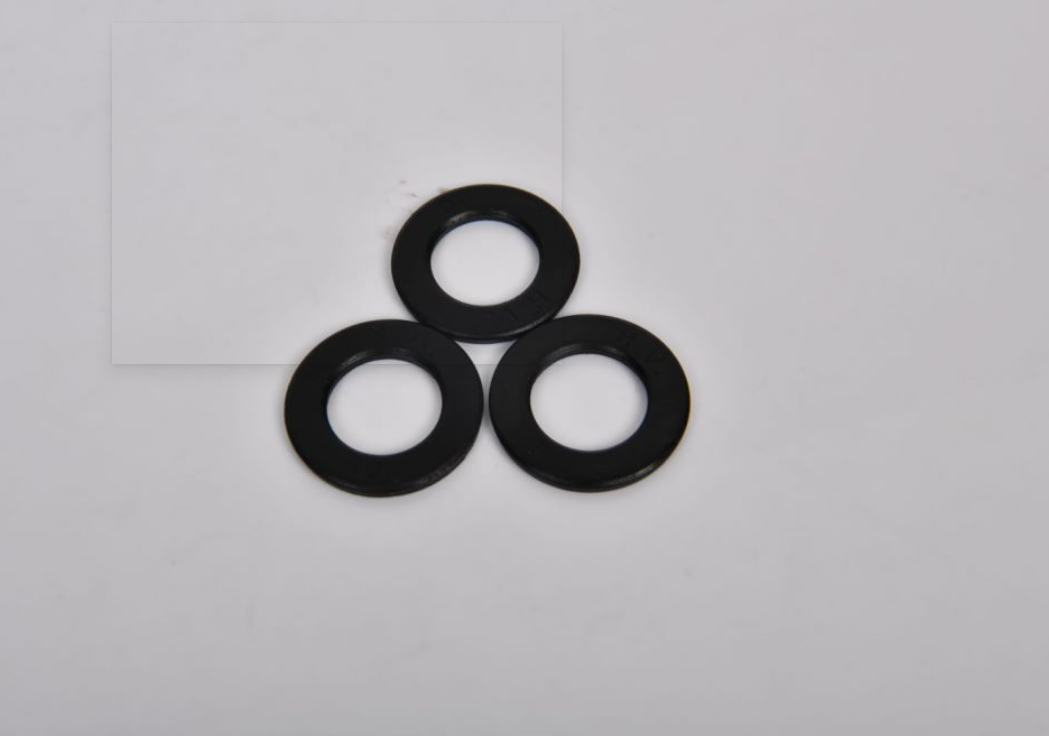Understanding Flat Washer Measurements for Optimal Manufacturing Choices
Understanding Flat Washer Measurements for Manufacturers
Flat washers are essential components in various industrial and mechanical applications, providing stability, load distribution, and protection against surface wear. As a manufacturer, understanding flat washer measurements is crucial for ensuring quality and functionality in your products. This article delves into the significance of flat washer measurements, common sizing standards, and factors to consider when selecting the right washers for your projects.
Importance of Flat Washer Measurements
Flat washers serve multiple purposes, including increasing the bearing surface area of screws and bolts, preventing damage to the substrate, and helping to distribute loads evenly. When washers are incorrectly sized, they can lead to mechanical failure, compromised safety, and increased production costs. Therefore, precision in measurement is paramount.
Standard Sizes and Measurements
Flat washers are typically categorized by their inner diameter (ID), outer diameter (OD), and thickness. Various international standards, such as ISO, ASTM, and DIN, provide guidelines on these measurements.
1. Inner Diameter (ID) The inner diameter is the hole size that fits onto the bolt or screw. This measurement must be precise to ensure a secure fit while allowing for proper movement without excess play. 2. Outer Diameter (OD) The outer diameter is the overall width of the washer. It is essential for load distribution, as a larger OD can support the assembly more effectively, reducing the chances of damage to the surface underneath.
3. Thickness The thickness of the washer is critical for load-bearing capacity. Thicker washers can withstand greater loads but may require more space, which manufacturers must consider based on the assembly design.
Different standards have specific sizing and tolerances
. For instance, metric washers are commonly used in Europe and have standard sizes defined by the ISO 7089 standard, while ANSI/ASME B18.22.1 outlines inch-based sizes in the United States.flat washer measurements manufacturers

Material Considerations
Flat washers can be made from various materials, including steel, stainless steel, brass, and plastic. Each material has unique properties that can affect the washer's performance in different environments. For example
- Steel Washers Often used in heavy-duty applications due to their strength and cost-effectiveness. However, they may be prone to rust if not coated or treated. - Stainless Steel Washers Ideal for corrosive environments, stainless steel offers excellent resistance to rust and wear, but at a higher cost.
- Plastic Washers These are lightweight and resistant to chemicals, making them a good choice for industries that require insulation and non-magnetic materials.
Custom Washers
Manufacturers may sometimes need custom flat washers to meet specific application requirements. In such cases, precise measurements and attention to detail are vital. Custom washers can be designed to specific specs, including varying sizes and materials, catering to unique industrial demands.
Conclusion
Flat washer measurements are fundamental for manufacturers looking to produce high-quality, reliable products. By understanding the importance of ID, OD, and thickness, alongside material selection, manufacturers can make informed decisions that enhance the performance and longevity of their assemblies. Additionally, adherence to industry standards ensures compatibility and safety across a multitude of applications. For those in the manufacturing sector, prioritizing precise measurements and appropriate materials will lead to better product outcomes and greater customer satisfaction.
-
Top Choices for Plasterboard FixingNewsDec.26,2024
-
The Versatility of Specialty WashersNewsDec.26,2024
-
Secure Your ProjectsNewsDec.26,2024
-
Essential Screws for Chipboard Flooring ProjectsNewsDec.26,2024
-
Choosing the Right Drywall ScrewsNewsDec.26,2024
-
Black Phosphate Screws for Superior PerformanceNewsDec.26,2024
-
The Versatile Choice of Nylon Flat Washers for Your NeedsNewsDec.18,2024










